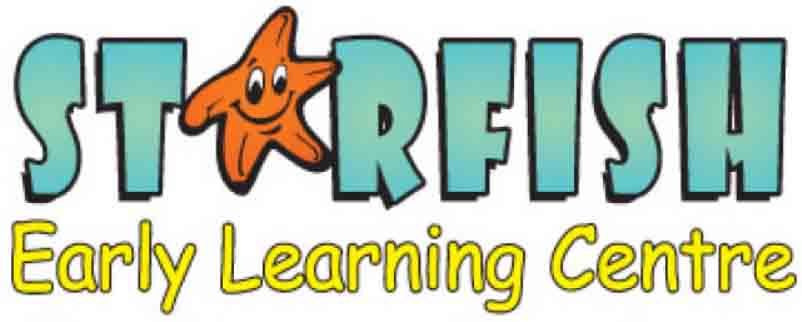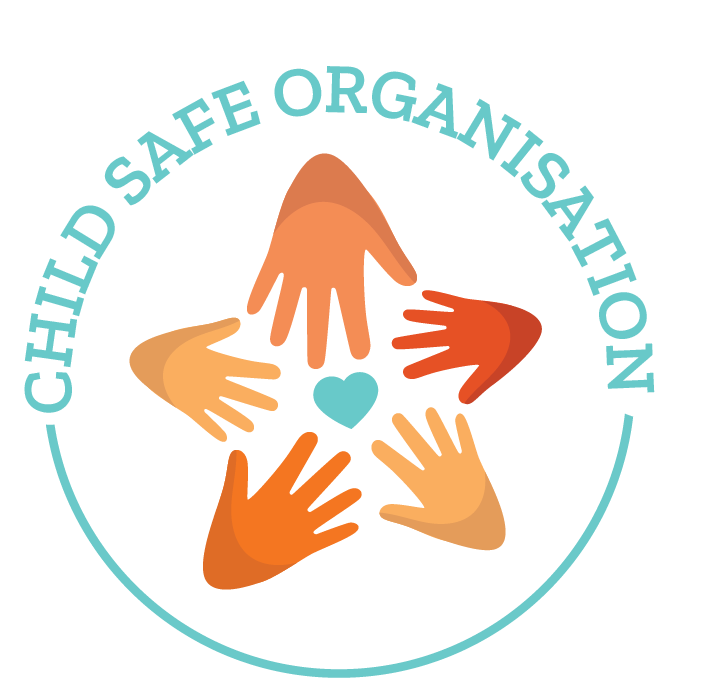Does your child love to play in the sand or paint with their fingers? Are they delighted as they slip and slide trying to walk through mud? Do they relish the almighty crash as blocks are knocked to the ground? Messy play is a beneficial part of children’s learning and development. At Starfish Early Learning Centre (Starfish ELC), we love letting children learn through exploration and play. We embrace messy play and use it as part of our education to support sensory development.
Getting messy has many benefits for children, and understanding how messy play is beneficial can help your children develop lifelong skills.
Why is messy play essential for sensory development?
Before diving into how messy play can help children’s sensory development, we need to understand what sensory development is. Children learn through the world around them. Even before they have words to express themselves, they use senses like touch, sight and taste to engage with the world. Sensory development is focused on developing all the senses: touch, sight, smell, taste, proprioception (self movement, force and body position), vestibular (balance) and hearing. When children participate in messy and explorative play, these senses help them to understand the world around them.
Messy play provides rich sensory experiences that stimulate the neural connections in the brain. As they play with different objects in their environment, they store information for future use, allowing them to differentiate between different textures, temperatures, consistency, movements and sounds as they learn.
We’re inspired by the principles of Reggio Emilia and create environments rich in open-ended materials that allow children to explore the world and discover new sensory experiences. Our educators at Starfish ELC are like facilitators who focus on learning through play, giving children autonomy to lead their own learning. We let children get messy and become active participants in their own education, which we see as the foundation for future learning and success.
What are some benefits of messy play for children?
Beyond things like increased sensory engagement and making learning fun, messy play has other benefits for childhood development. We love letting the children get messy because, at its core, messy play is fun, but it also stimulates early development. When given the opportunity to explore the many textures, materials and mediums around them, young children are developing other skills that will serve them throughout their lives. Here are a few of the essential benefits that come with children engaging in messy play:
- Fine and gross motor skills: Beyond making artwork for your fridge or making a mess in the sand, finger painting and sand play help develop small and major muscle movements. These movements will allow children to develop skills such as writing and playing sports later in life.
- Cognitive development: Experimentation helps children expand their thinking and develop critical, problem-solving, and creative skills. Being given the space to explore different possibilities and experiment with different materials helps children learn about cause and effect.
- Language development: Through exploring different materials and engaging without educators about what they are, children will learn new words and concepts. Getting to know the names of the different materials, textures, and colours helps broaden their vocabulary and offers them new ways to describe the world around them.
- Social development: When children enjoy messy play with other children, they learn how to take turns, learn from each other (peer to peer learning) and even collaborate as a team. These are all essential social skills that will be needed throughout their lives.
- Emotional development: Learning to regulate emotions is important to childhood development. By including sensory play in their learning routine, we offer them the ability to find ways to calm themselves, regulate their emotions and express themselves.
What are some messy play learning experiences at Starfish ELC?
We love to get messy at Starfish ELC. Our educators can always be found enjoying some indoor or outdoor play with your children. We offer a range of fun and messy learning experiences, allowing the children to lead their learning while still being guided by our educators to ensure child safety.
Here are some of the fun and messy learning experiences we have on offer:
- Finger painting: Allowing children to explore the colours and textures of paints whilst also developing their creativity is why finger painting is a tried and true classic.
- Water play: The joy of jumping in puddles is combined with the sensory delight of understanding the texture and temperature of water.
- Sand play: Letting the children build sand castles or mountains in the sand gives them the opportunity to feel the texture while developing their creativity by building new things.
- Clay: The naturally malleable texture and never-ending options of clay allow children to think creatively while strengthening their fine motor skills.
- Open ended materials: Providing children with a range of natural and man made materials encourages creativity and imagination as they manipulate and experiment with them.
How can messy play be educational?
As much as we can focus on how fun messy play can be, it also comes with a range of educational opportunities. Messy play is about agency (allowing children to make some decisions for themselves), which puts the power in the hands of the children to explore, discover, and create in ways that also teach them. Although we’re big believers in children having agency in their learning, our educators are always there to ensure that expectations are clear and children are playing within boundaries. Our educators facilitate these messy adventures by:
- Providing a safe and stimulating environment: Educators will ensure all materials are on hand with clear safety guidelines in place and plenty of space to explore.
- Introducing new materials and learning experiences: Educators spark the children’s curiosity by introducing new textures, scents and tools for exploration safely and under supervision.
- Documenting children’s learning: Educators offer autonomy but are always close by taking photos, making notes and generally keeping track of what your children are doing. This way, we can share their progress with you and your family.
- Asking open-ended questions: Educators will engage with the children by asking questions like, “What does the clay feel like?” or “What can you build with the sand?”. This prompts the children to consider these things and critically think about how to best communicate their ideas.
We’ve expressed how much we love messy play at Starfish ELC which is why we encourage parents to also develop messy play time at home. Allowing your child to play with things that stimulate multiple senses helps them with their social and emotional development. Do some research, get creative and build a stimulating environment that can help your child continue learning with you at home.
Frequently Asked Questions
Children learn from the world around them. Messy play helps them find their way and learn through all of their senses, which fosters cognitive, social, emotional and motor development.
Find a way to incorporate messy play into their regular playtime at home with some basic materials like sand, water, goop (corn flour and water) and finger paints. By engaging with your child in this way at home, you not only help continue their development, you’ll also strengthen your relationship with them.
Like all other types of playtime, you shouldn’t leave your child alone with any of the tools you might collect to develop a messy or sensory play environment at home. Ensure that whatever materials you choose are safe (ie avoid items with sharp edges or of choking size if your child still puts things in their mouth) and ensure you’ve got a plan in place for the clean-up and pack-up after your child is done playing eg containers with lids, dustpan and broom etc.

